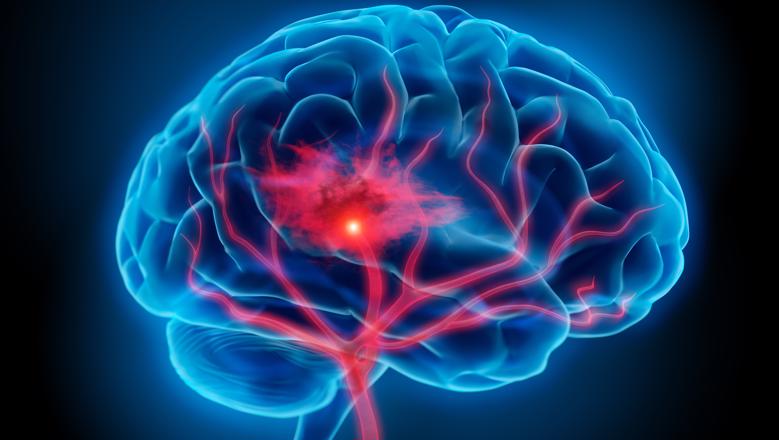 Researchers at King’s College London Institute of Psychiatry, Psychology, & Neuroscience, in collaboration with King’s College Hospital NHS Foundation Trust, have identified microscopic clusters of cells where this malignant change could start.
Researchers at King’s College London Institute of Psychiatry, Psychology, & Neuroscience, in collaboration with King’s College Hospital NHS Foundation Trust, have identified microscopic clusters of cells where this malignant change could start.The study, which has been published in Neuro-Oncology Advances today, analysed pieces of living human brain tissue from 20 people undergoing brain tumour surgery at King’s College Hospital, one of the largest neuro-oncology centres in Europe. The researchers found groups of tumour cells clustered around blood vessels and believe that these sites could be the seedbeds for malignant progression, the process by which a tumour becomes a fast growing and uncontrolled cancer.
To study the brain tissue, neurosurgeons cooled the surface of the brain. They then took a sample and placed it into a cerebrospinal fluid solution. Once it had been transported to the lab, the tissue was then placed into a miniaturised incubation chamber specially designed for this study, where it was bathed in a solution that makes the living tumour cells fluoresce and more easily studied under a microscope.
This research is hugely significant. The “hotspots” we found exhibited many of the hallmarks of cancer. The ability to pinpoint areas at high risk of malignancy gives us a much better chance of establishing why the brain tumour becomes malignant.Brain cancers are difficult to treat because they are so invasive. Even after surgery and chemoradiotherapy there is still a high risk that some cancerous cells can be left behind, increasing the likelihood that the cancer will return. This unfortunately means that many of the young adults it affects do not survive beyond a year.
– Dr Gerald Finnerty, Lead author at King’s IoPPN and Honorary Consultant Neurologist at King’s College Hospital
Dr Alastair Kirby, First author on the study said, “It has been a privilege to work with brain tumour patients and our neurosurgical team to deliver this highly innovative research. Live human brain tissue offers great opportunities to study how a person’s brain tumour responds to treatments. This will revolutionise therapy and bring precision medicine of brain cancer one step closer.”
This research was made possible thanks to funding provided by the Medical Research Council (UK), Psychiatry Research Trust, and the Inman Charity.
“Multicellular ‘hotspots’ harbour high-grade potential in lower-grade gliomas” ( https://doi.org/10.1093/noajnl/vdab026) (Alastair J. Kirby, José P. Lavrador, Istvan Bodi, Francesco Vergani, Ranjeev Bhangoo, Keyoumars Ashkan, Gerald T. Finnerty) was published in Neuro-Oncology Advances.
For further information please contact Patrick O’Brien, Senior Media Officer
In this story
Gerald Finnerty
Senior Lecturer
kcl.ac.uk


